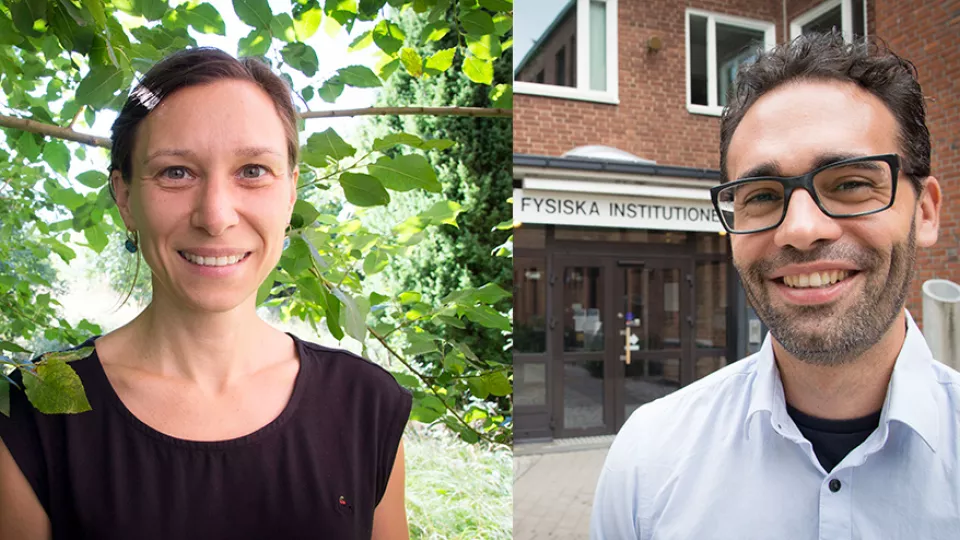Nathalie Feiner, researcher in evolutionary biology, will focus on parallel evolution among six species of common wall lizards found in the Mediterranean region. By analysing the genes of the different reptile species, she will clarify why the lizards – which all originate from an inconspicuous brown lizard species – have developed similar glowing colours completely independent of each other. For a five-year period, Nathalie Feiner and a research team will undertake field trips, set up breeding groups and carry out advanced laboratory analyses, using, among other things, the gene scissors technique CrispR-Cas9. All this is intended to reveal why evolution so accurately combines similar colours, forms and behaviour time and time again. Nathalie Feiner will concentrate on a specific cell type – neural crest – which is formed in the early stages of the embryo and may be the explanation as to why the different common wall lizard species have evolved in parallel.
“In the long term my research will reveal how evolutionary biology sets the rules that determine what evolution can achieve”, says Nathalie Feiner.
Pablo Villanueva Perez, associate senior lecturer in Synchrotron Radiation Physics, will develop a completely new X-ray microscope to improve the study and filming of different materials in 3D. Today this is done using microtomography (μCT) by irradiating a rotating sample with X-rays so that it is struck from different directions. In recent years the technology has been refined in step with enhancements in X-ray sources, detectors and 3D algorithms. However, one problem remains. The samples must still be rotated, which may result in them being damaged or, in the worst case, destroyed. Therefore, Pablo Villanueva Perez and a research team are to develop a new X-ray microscope that does not require rotating samples. This is to be done by splitting and manipulating X-ray beams into a number of angled light sources that illuminate the samples at the same time.
“I will use the new microscope to study fundamental processes in cellulose, which is a renewable material. I hope in the long term to develop an eco-friendly material that can replace plastic”, says Pablo Villanueva Perez.
The European Research Council (ERC) promotes high-quality, researcher-driven research in all fields of science. The ERC supports cutting-edge research, multidisciplinary and interdisciplinary projects and ground-breaking ideas. The ERC Starting Grant, which is aimed at early career researchers who are ready to start independent research, is currently worth up to EUR 1.5 million over a five-year period. This year, 436 European researchers will share EUR 677 million. Starting grants have been awarded to 23 researchers in Sweden this year, six of whom are at Lund University.
